Under the canopy of Ca Mau mangrove forests, there exist many products with high economic value such as vop, snails, carp, three-sided crab... Three-sided crab is considered a gift from heaven and a specialty of the southernmost region of the country.
Previously, people had to hunt for this crustacean at night, using flashlights to quickly catch it when they saw the crabs coming out to eat. But in the past few years, people in Ca Mau have come up with a very interesting way to hunt for crabs, which is to use mouse traps placed at the cave entrance to catch crabs. This is a new, creative method but also very effective.
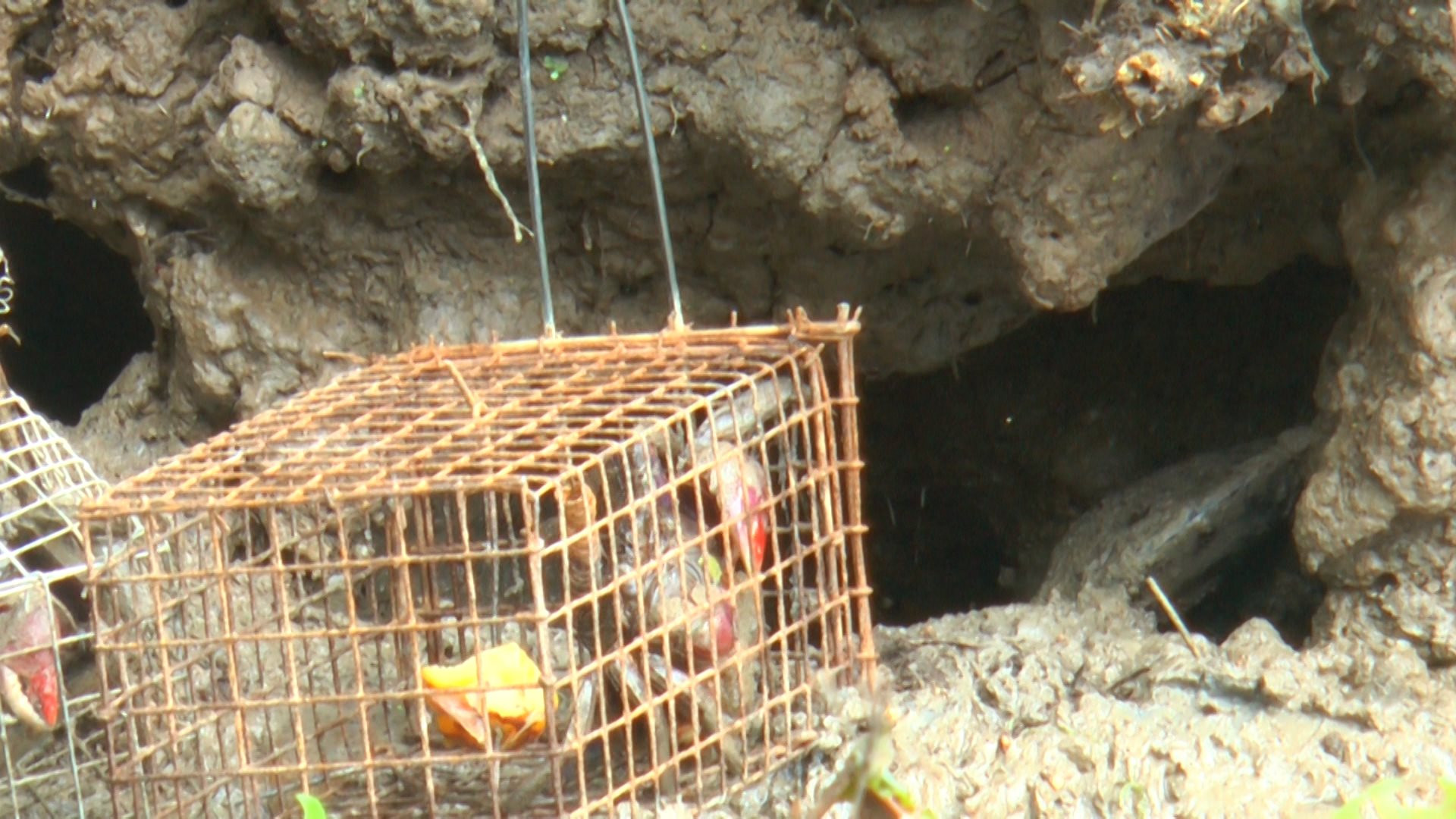
The mouse trap is placed on the mouth of the crab cave.
Mr. Nguyen Thanh Ngoan, Quach Pham commune, Dam Doi district, an experienced farmer in hunting for crabs using mouse traps, said that to improve his family's life, every night he often sneaks along the rivers to look for crabs. On days when the water rises and it gets dark, the crabs will leave their burrows and climb up the tree canopy to find "mates". This is the right time to catch a lot of crabs.
Crabs are usually available all year round. To catch quality crabs with firm meat and lots of roe, you should go fishing at night. When the moon is bright, the crab meat is not yet delicious enough, so few people go fishing. Crabs like to eat fish, small shrimps... so I use a mouse trap to catch some miscellaneous fish to trap them. The mouse trap is placed close to the edge and in the bushes or on the roots of mangrove trees, so every morning when I visit, almost every trap is covered with crabs. Catching crabs with mouse traps helps me and my colleagues to be less tired and less dangerous because we don't have to sneak around in the bushes at night. Thanks to setting crabs, I have an additional income of 100,000 - 200,000 VND/day", Mr. Ngoan boasted.
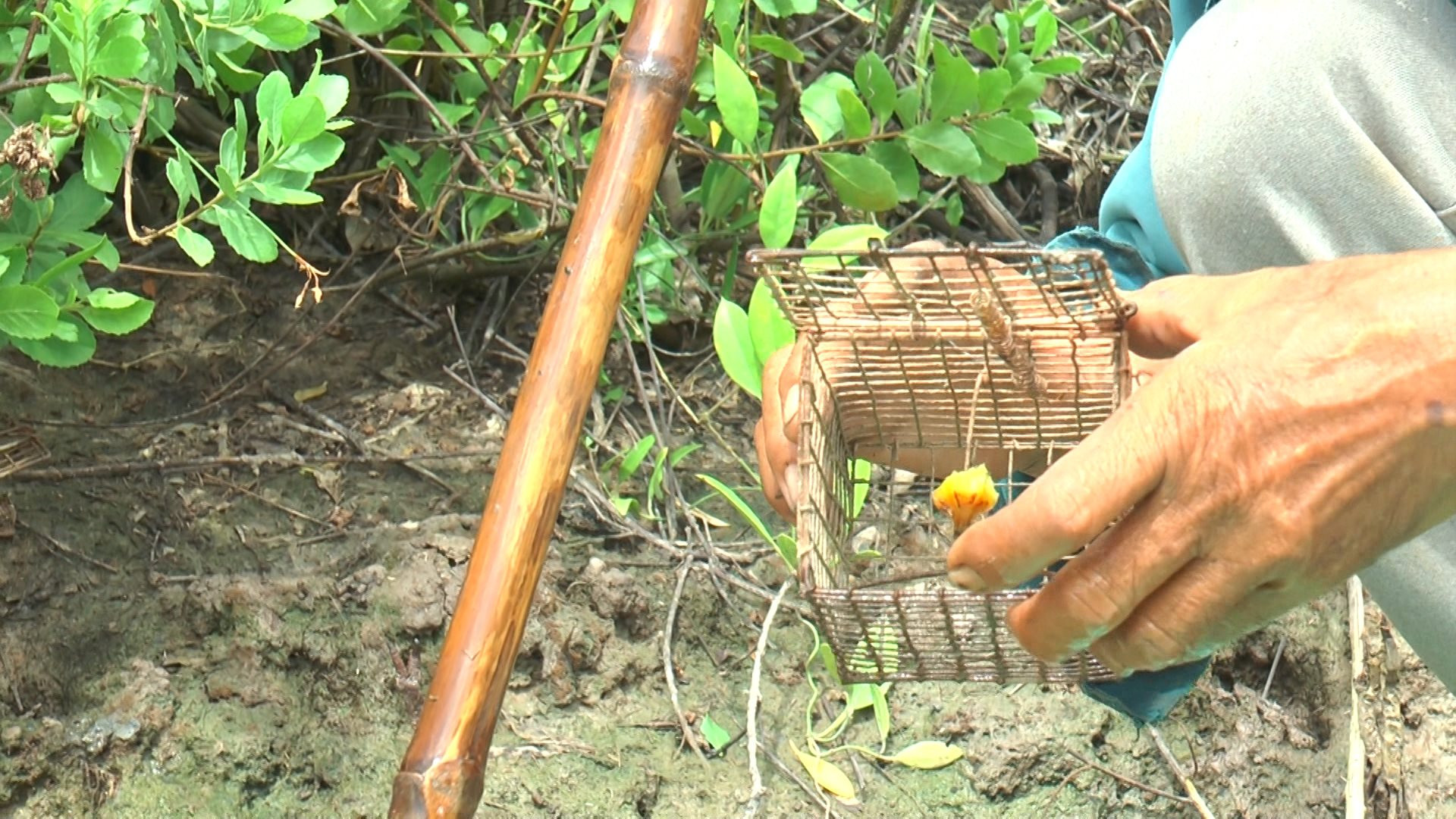
Rat traps used to catch crabs are a new initiative of people in the mangrove forests of Ca Mau.
The profession of catching crabs by people in the mangrove forests of Ca Mau has existed for a long time, but it is very hard because they have to travel all over the edge of the forest. For farmers living near the forest who do not have a stable job, catching crabs is considered a "money-making" profession that helps them cover their daily life.
Mr. Tran Van Linh, a forest worker, living in Ngoc Hien district, often goes into the forest to set traps to catch crabs. He shared that setting traps for crabs is quite simple and does not require bait, just a mouse trap and necessities such as rice, food and water to be able to go into the forest all day. And the bait to lure crabs into the trap is just to put mangrove leaves or fish sauce in the trap and then find a cave to set it up to catch crabs.

Forester Tran Van Linh weaves through the canals along the forest to find crab holes.
“There are crab holes everywhere under the forest canopy. I just need to find the cave entrance and set the trap. When the crabs leave the cave, they see the leaves hanging in the trap and crawl in, getting caught in the trap. Usually, after setting the trap, I only need to rest for about 30 minutes before I can go visit the trap. I have about a hundred traps, and if I catch a good one, I catch 5-7 kg, if I lose, I catch 3-4 kg. Although the income from this job is not high, it is enough to cover my family's living expenses. Hunting crabs in the forest is hard, but it is a way to make a living. I don't depend on anyone, and when I get tired, I can rest for a few days,” said Mr. Linh.
Currently, the three-sided crab is purchased by warehouses at a fairly high price of about 70,000 VND/kg. With this price, on average, each day, forest workers like Mr. Linh pocket more than 200,000 VND/person. This is a dream income for many people in the countryside today. Three-sided crab is processed into many dishes such as boiled, fried with tamarind and most notably, salted three-sided crab - a famous specialty dish of Rach Goc land in Ngoc Hien district, Ca Mau province.

Crabs live in many alluvial areas, shrimp ponds along the mangrove forests in Ca Mau. They are concentrated in districts such as Nam Can, Ngoc Hien, Dam Doi... of Ca Mau province.
A leader of Tan An commune, Ngoc Hien district said: “There are many people in the locality who make a living by catching crabs. In the past, crabs were not valuable, but now they have become a specialty, a dish for the rich, so they are very popular. Many people from other places come to the locality to rent fishing boats mainly to catch crabs. It can be said that crabs are a product that nature has bestowed on the mangrove alluvial plains. The locality has called on people to have a plan to conserve and regenerate to promote the economic value of crabs, such as not catching small crabs that are not yet big enough or crabs with eggs about to spawn. Only then can the resource of crabs survive.”
Although it is a job done during the off-season, people can sell each kilogram of crabs caught for 50-70 thousand VND/kg depending on the time, helping to increase their income. It is still the familiar crab, but through the way of catching and luring crabs, we can see the creativity and flexibility of the simple and friendly people of Ca Mau.
Source: https://danviet.vn/cha-ai-ngo-chi-dung-rap-chuot-tho-san-ca-mau-bat-chuc-kilogam-ba-khia-trong-vai-gio-dong-ho-de-nhu-bon-20240629230528637.htm


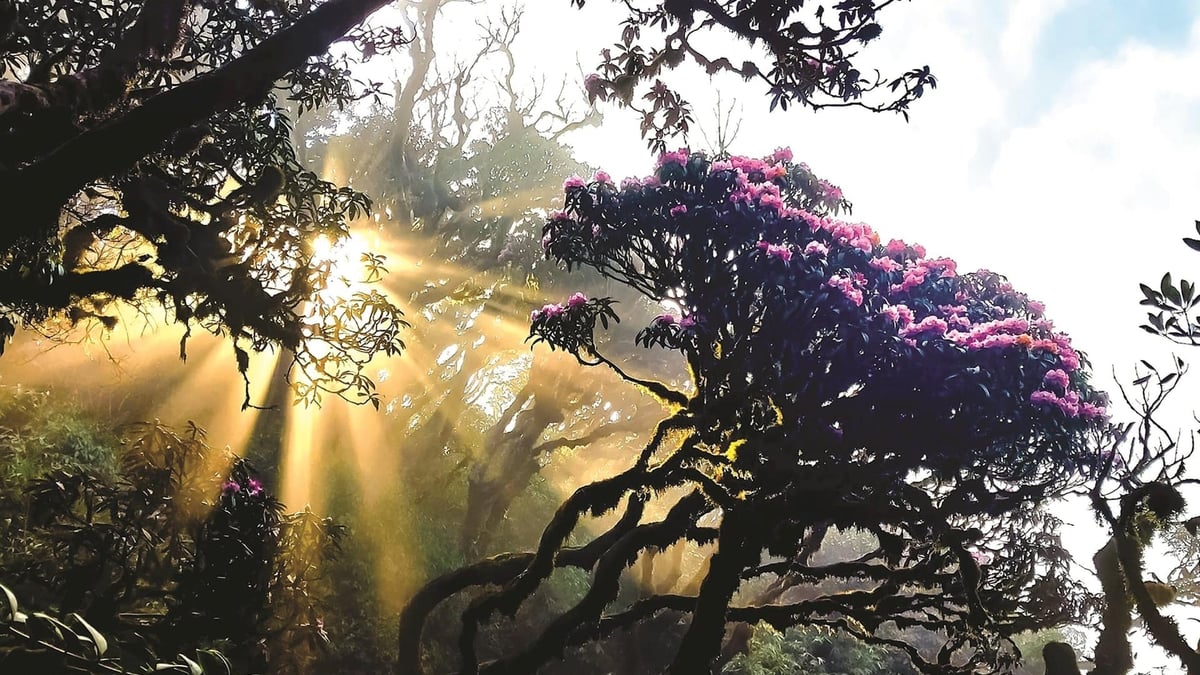
![[Photo] Prime Minister Pham Minh Chinh receives Ambassador of the French Republic to Vietnam Olivier Brochet](https://vphoto.vietnam.vn/thumb/1200x675/vietnam/resource/IMAGE/2025/5/13/f5441496fa4a456abf47c8c747d2fe92)

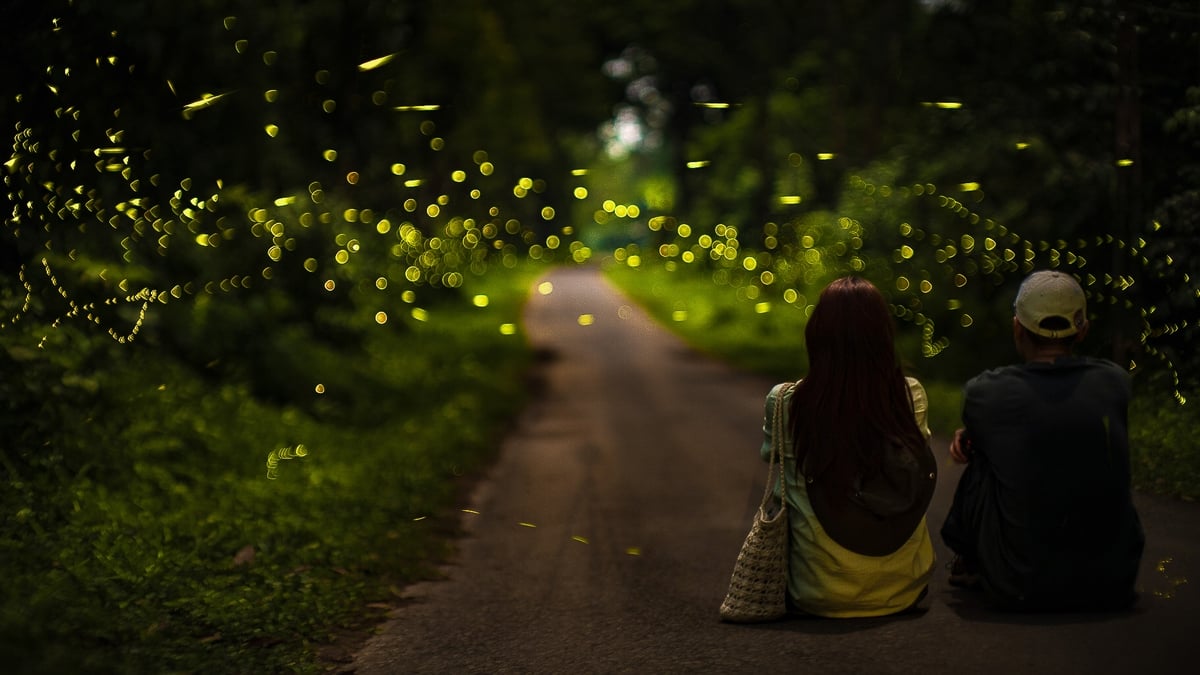
![[Photo] President Luong Cuong attends the inauguration of the international container port in Hai Phong](https://vphoto.vietnam.vn/thumb/1200x675/vietnam/resource/IMAGE/2025/5/13/9544c01a03e241fdadb6f9708e1c0b65)
![[Photo] Prime Minister Pham Minh Chinh meets with US business representatives](https://vphoto.vietnam.vn/thumb/1200x675/vietnam/resource/IMAGE/2025/5/13/5bf2bff8977041adab2baf9944e547b5)








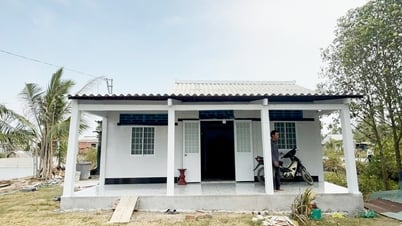

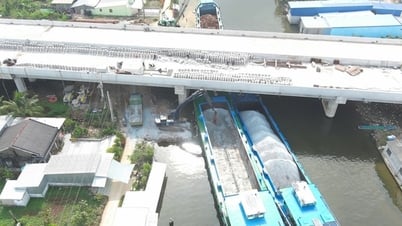

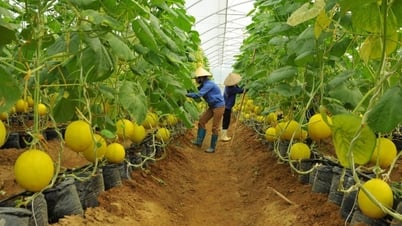

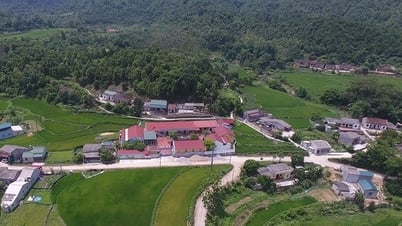

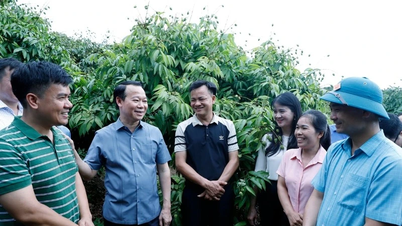
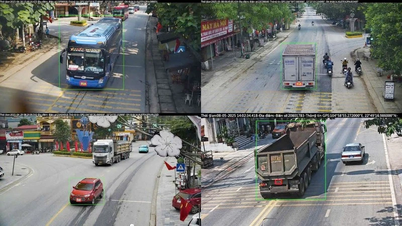




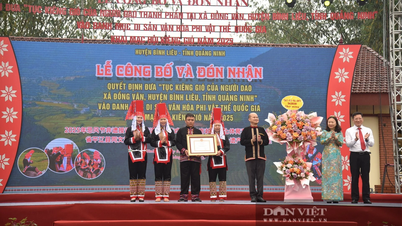
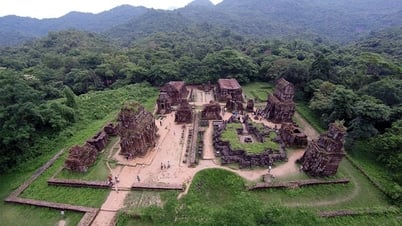
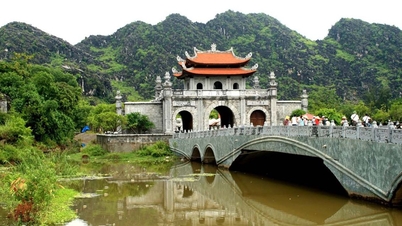
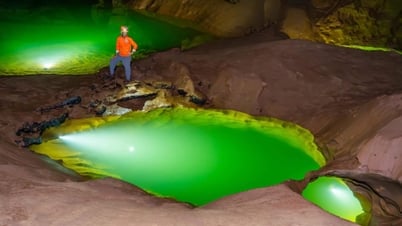


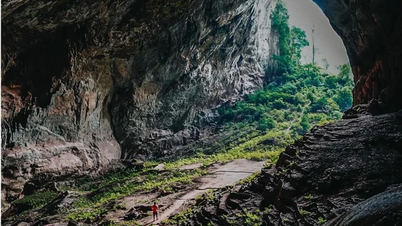

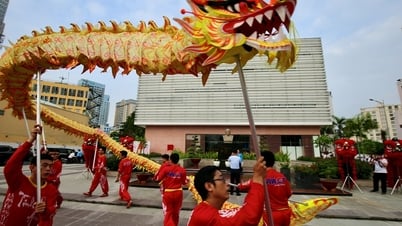

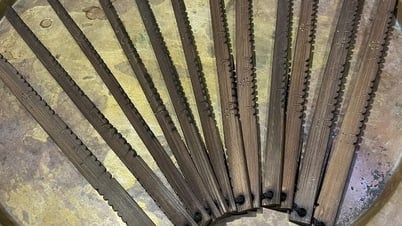
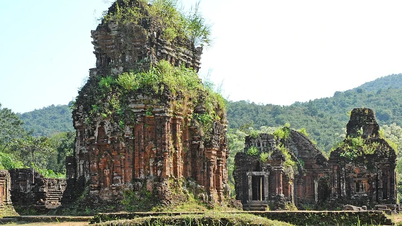

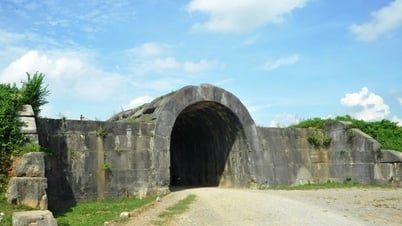
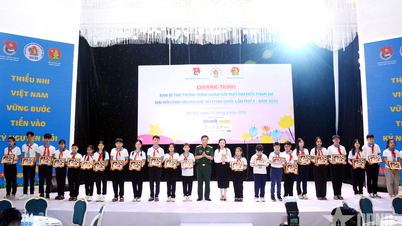


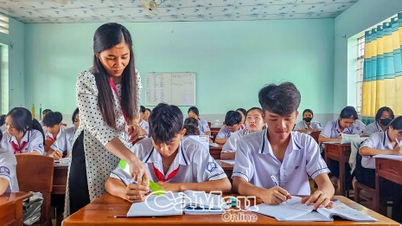





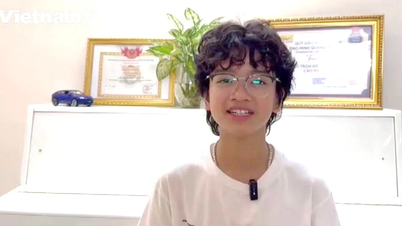






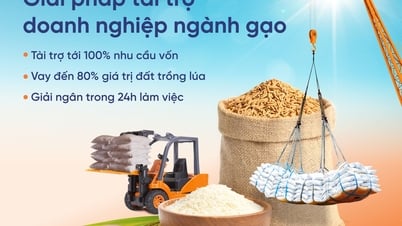













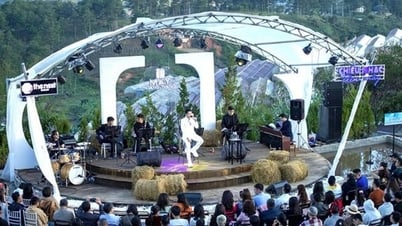




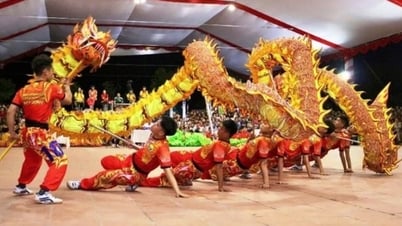







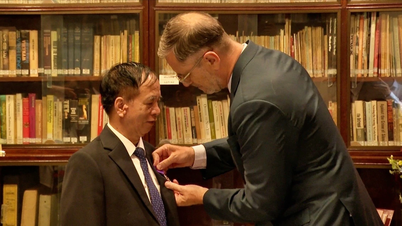

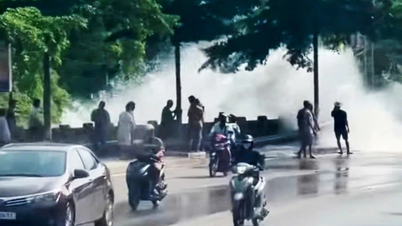




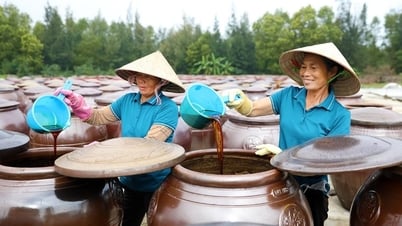



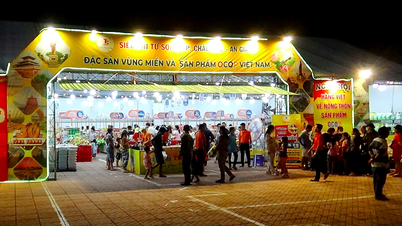

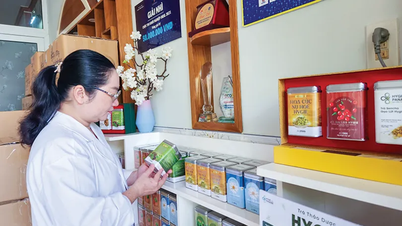

Comment (0)